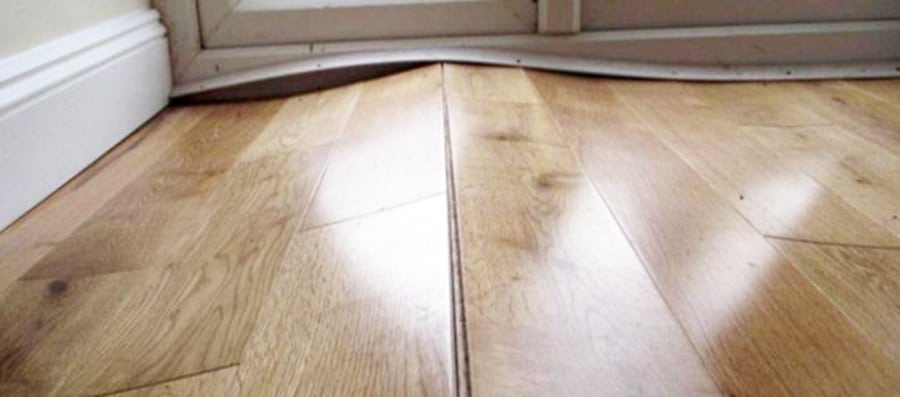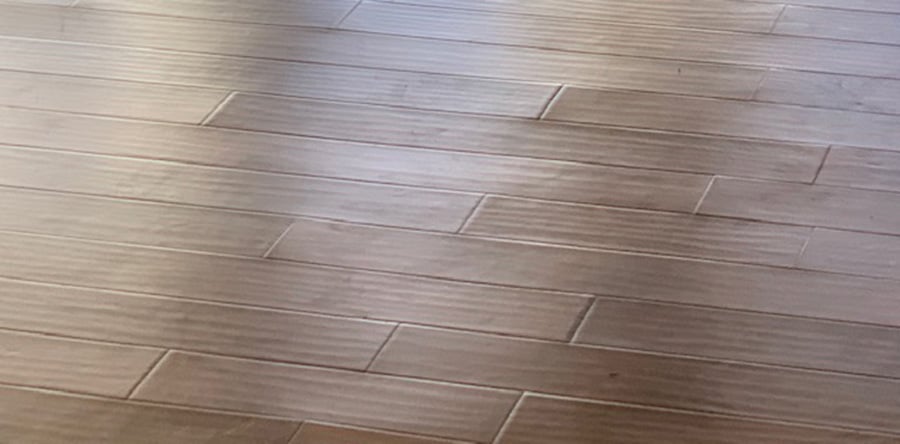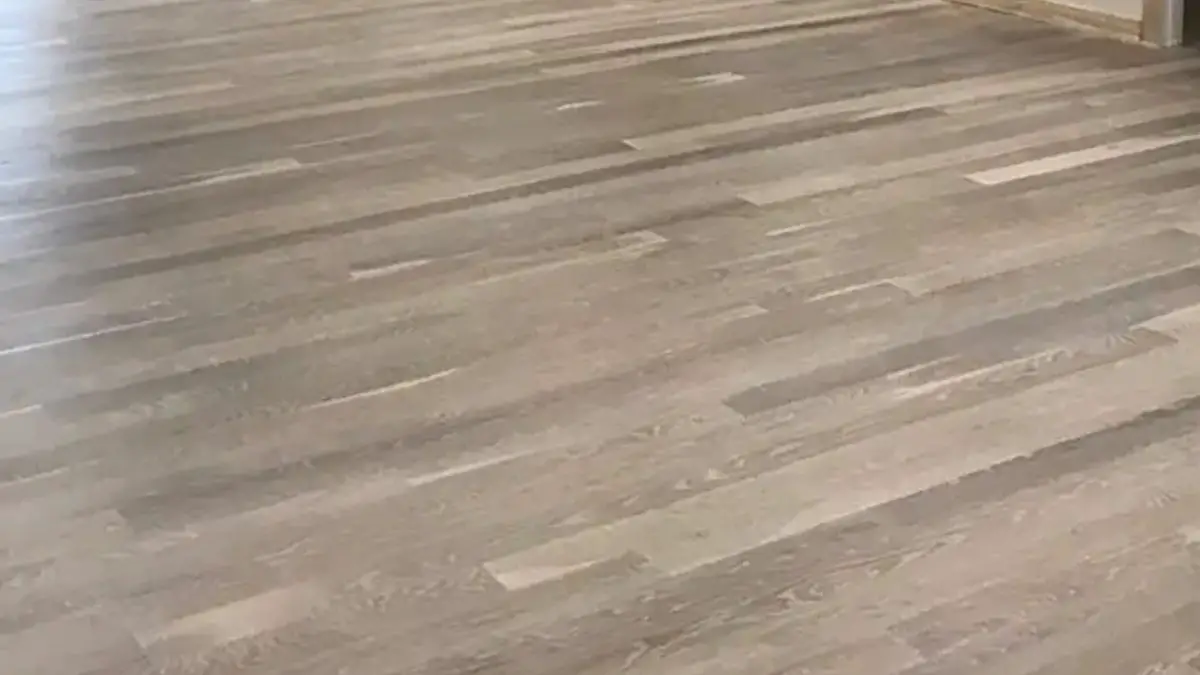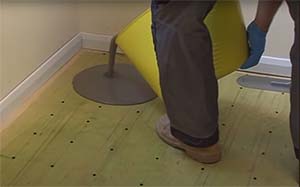
Choosing a floor for your home can be rough. You want to ensure your home looks spectacular, especially within your living rooms and kitchen areas, where you will be spending the majority of your time.
One of the best alternatives to get is laminate flooring. Laminate flooring is a popular option because it is fairly easy to clean and cost a lot less than pure hardwood floors. It is a wonderful and inexpensive alternative to other floor options out there, making it popular with DIYers and flooring installers.
However, common problems with laminate flooring include buckling, warping, and lifting. These issues arise when laminate flooring is not correctly prepped or installed. Have you been asking, why is my laminate floor lifting, buckling, bulging, or warping?
There are a few reasons why your laminate floor may be lifting, such as moisture under flooring, lack of proper expansion spacing, improper installation, climate change, or uneven slab or subfloor surfaces. Lifting, buckling, warping, or peaking in laminate flooring is unsightly and potentially unsafe.
Although we now know the causes of laminate flooring lifting, there are some things that we must take into consideration as you now understand the basics of how these types of floors work. Laminate lifting in the middle, the edges rising, and taking care of your floors properly is what we are going to look at today. Let us go into depth more, shall we?

Why Your New Laminate Floor Is Lifting
You just got your new laminate flooring and are excited because it looks great! But as of right now, you can see that it is starting to lift, and you are rightfully upset because you have been careful thus so far. What went wrong? There are several reasons why this may be.
The concrete slab or subflooring has an underlying moisture issue.
- Be sure the subfloor is dry and level. Making sure you take moisture measurements before, during, and after installation is a must. It should not be more than 1-2% damp underneath.
- Use a floor underlayment. This, in return, will help prevent future problems from arising. The better the underlayment, the better your flooring will last. We recommend spending a little extra for premium underlayments like QuietWalk that features moisture protection and noise reduction.
- Take any precautions during the wet season, such as using a dehumidifier, removing indoor plants, or taking shorter showers.
- Raise the room temperature. That will lead to growth, whilst cold weather leads to shrinking.
Not laid down properly
- The interlocking pieces were not properly connected during installation. When this occurs, gaps form between the planks, often because the flooring was not laid straight.
- If the laminate flooring is too tight against the wall, it could buckle or warp. This is often referred to as peaking. When there is improper spacing along walls or around corners, laminate flooring will buckle or warp when the indoor temperature or humidity changes.
- The laminate flooring was not properly acclimated. This occurs when the flooring is placed in the room where it will lay for a few days to allow the flooring to match the indoor conditions.
Incorrect expansion joints
- Expansion joists are different from expansion gaps. This is where some DIYers mess up. The recommended gap of expansion joints is a minimum of 6.35mm or ¼ an inch. If you have a bigger space (typically 40 feet), the gaps need to be larger, ensuring that it is done correctly when installed. For spans greater than 40 feet, use a T-molding expansion joint to hide the gap at the midway point. It’s also important to place expansion joints at thresholds between rooms.
A bounce in the floor
- An uneven concrete slab or subfloor causes bouncing in laminate flooring. Laminate flooring is designed to float over the concrete or wood subfloor, which hides imperfections. With a good underlayment, minor unevenness will not cause a problem. With concrete slabs, a self-leveling compound can be used to level the concrete. However, If your wood floor structure is severely uneven, you’ll likely need a contractor to correct the issue.

Reasons As to Why Your Floor Is Not Laying Flat
Laminate floors float on top of the slab or subfloor. Floating means it’s not glue down and is free to move with temperature fluctations. As mentioned previously, proper installation should have ¼ gap away from the walls to make room for expansion. We cannot see the gap because it’s covered with molding around the walls.
If you suspect the laminate floor isn’t laying flat, use something straight to determine this, such as a yardstick or 3-foot level. You should be able to feel if the floor isn’t laying flat because it’ll look like the flooring is lifted up or bubbling up. You may need to seek the help of a contractor if there are no high areas, which is most likely a subfloor or floor joist issue.
Insider Tip: It is important to note that do not use glue or nails to make it go down with this happening. This will permanently damage the flooring and cause your warranty to be invalid.
Other causes as to why your floor may not be laying flat are:
- It is not permeated through properly.
- The molding is tightly installed.
- Nails sticking up under the flooring.
- There is no gap between the floor and wall (it is too far underneath).
- Transition strips are nailed through the laminate.
The Floor Is Lifting In Middle
If you are experiencing lifting in the middle, it could have many causes, but the primary reason for a lift that is directly in the middle would be liquid exposure.
That being said, a more general reason for a lift would be the base you are starting with, the subfloor. As we reviewed above, the uneven subfloor will cause lifting after applying pressure and becoming more evident with continuous day to day use.
Another thing to take into account for lifting, specifically in the center, would be water exposure. If a portion of the flooring is left to its own devices with water on it, the result would be a buckling of the board and making it fold or push inward due to the bloating.
A side note would be that you don’t necessarily need to be spilling water on the flooring and letting it sit to cause this.
Some quick reasons that may also cause this would be a recently leveled concrete causing an excess of moisture, high general humidity of a room, and poor installation.

Edges Of Laminate Floor Lifting
When the laminate floor isn’t level evenly, the planks will follow every aspect of the surface underneath, causing the planks themselves to rise at the edges. The room where you are placing the product should also be considered due to potential moisture exposure.
For example, laminate wood flooring is not recommended in bathrooms, laundry rooms, or kitchens because of the risk of water seeping under the planks.
Improper installation of laminate flooring could account for the laminate floor lifting. Poor placement and spacing being a large contributing cause to the edges lifting. The recommended gap from the wall or doorway, making allowance for expansion and contraction, is roughly between 8mm and 10mm or approximately 1/4 to 1/3 of an inch.
How Can You Fix Laminate Floor When Lifting?
How you approach fixing it depends on when you act upon noticing the lifting and the installation method used. If caught early, like the excess moisture problem, you can ensure that the flooring is dried and the moisture removed. In this, the flooring will regain much of its natural shape in most cases.
A floating installation would be a relatively quick fix because you would only need to replace the affected planks, and the overall problem is more localized. If you went with a glue installation, you are looking at a larger, more time extensive fix because the entire area may need to be redone.
How Can I Stop Laminate Floor From Lifting?
There are a few ways to keep your laminate floors from lifting. Provided the floor is installed correctly, good overall general maintenance will keep the floors from lifting.
Keeping them clean and maintained with the right methods goes a long way as well. Typically you would want to have a dust mop to take care of the usual messes that can occur, swapping out for a wet mop for isolated instances and drying the area properly after its use.
Avoid waxing, polishing, steel wool, and abrasive cleaning supplies will drastically increase the length of your floors.
Other key points to keep in mind:
- Read the instruction manual of your laminate flooring.
- Don’t use a lot of water when mopping your floor.
- Make sure the cleaning products are designed specifically for laminate flooring.
- Put furniture pads under the legs to prevent scratching.
Can You Fix Bubbled Laminate?
When laminate flooring planks rise at times, it may cause a bubble in your floorings. This can be scary but is easily fixable. Inspect the affected area and see if it is just one board or multiple boards. You may need to remove and relay a portion of the floor. If so, remove the wall molding. Afterward, remove, then replace the laminate board or boards and lay the flooring in the proper place. In the end, make sure the expansion gap is appropriate.







